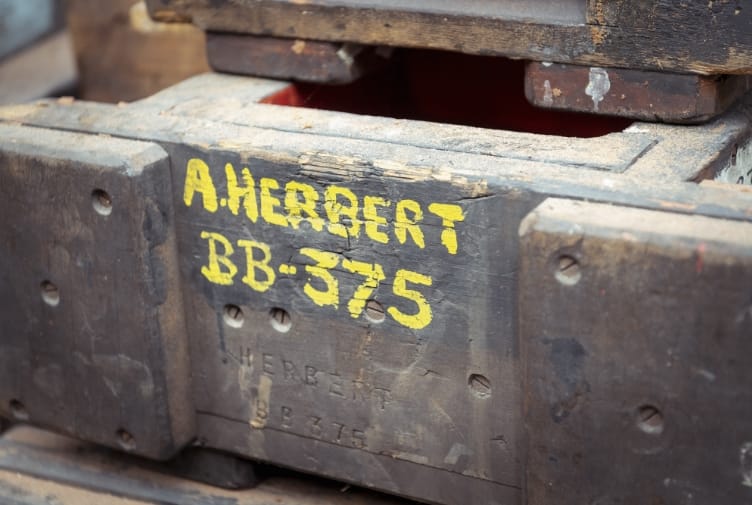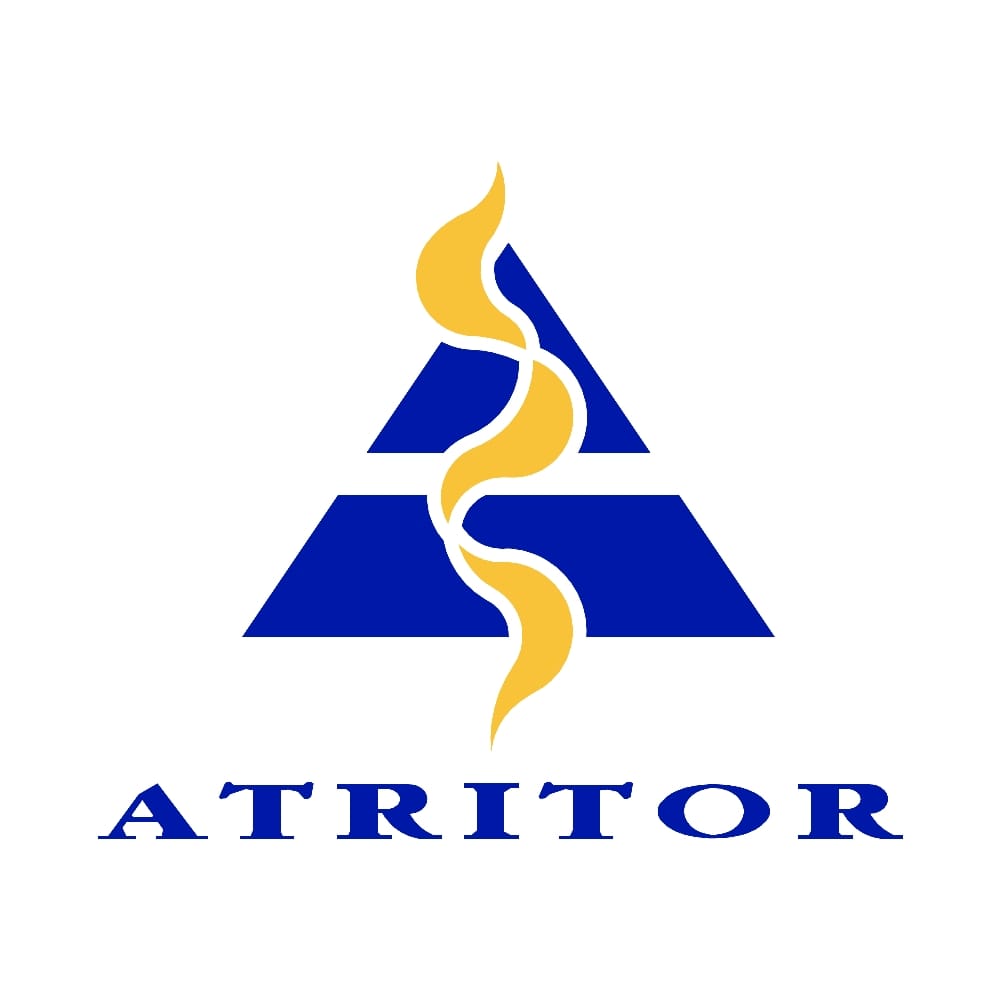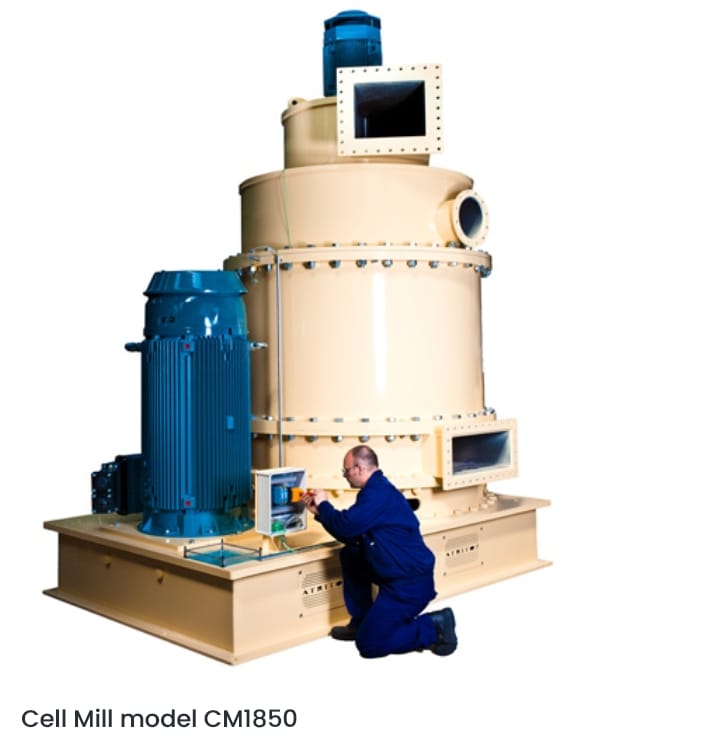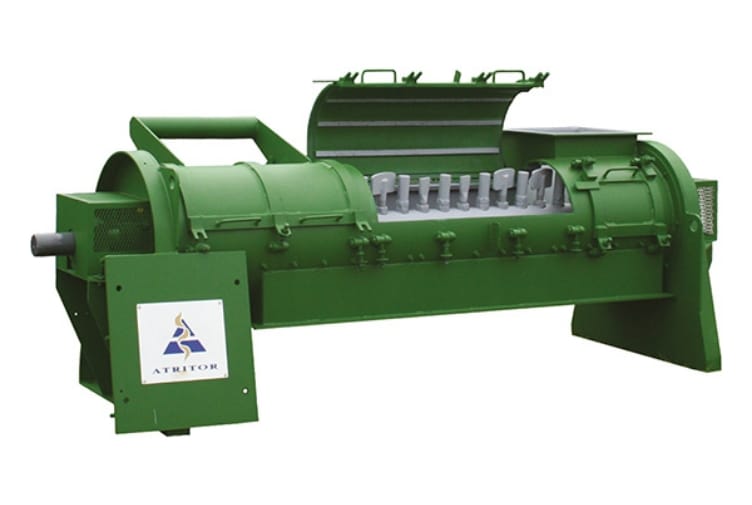About
We are proud of our history that goes back to the 1920s giving us strong roots to grow. Our process solutions are all bespoke but we can use the knowledge we’ve gained over decades to refine innovative solutions.
Strong Roots for Growth
Early 1920s
The Atritor milling and grinding equipment was designed by the Alfred Herbert Family

In the early 1920s a relative of Alfred Herbert, owner of one of the biggest machine tool companies in the world of the same name, headquartered in Coventry, devised a unique new concept to fuel rotary kilns at his cement works.
The idea was to be able to continuously feed lump coal from an exposed storage pile, into a machine where it would be dried, pulverised to a large proportion less than 100 microns, simultaneously classified, and blown into the kiln burner by an integral internal fan at rates of up to 10 tons per hour.
Having only a cement company, this cousin had no means of turning his idea into a reality and so he turned to Alfred with the blueprint and asked him if he could make such a multifunctional machine, and make it robust enough to withstand the rigours of coal pulverising, which was known to be potentially highly abrasive.
The machine was ultimately developed with high chrome iron castings providing the wear resistant grinding media, cast in Alfred Herbert’s own foundry, which is still in operation at Atritor. After some initial prototype adjustments the machine was introduced to the kiln and boiler-firing market and quickly became a global success; the machine was named the ATRITOR.
1920-80
The Atritor was manufactured and distributed worldwide
 The ‘Atritor’ was marketed worldwide for over 50 years during which time the technology of simultaneous milling and drying was expanded primarily in the chemicals, minerals and waste products sectors.
The ‘Atritor’ was marketed worldwide for over 50 years during which time the technology of simultaneous milling and drying was expanded primarily in the chemicals, minerals and waste products sectors.
1975
Alfred Herbert became Herbert Ltd
 Due to the competitive environment and the increase in exports the tool making business became less profitable. The Government’s National Enterprise Board invested in Alfred Herbert Ltd and it was renamed Herbert Ltd. Eventually the company was nationalised as the government owned more than 90% of the equity of the business and in 1980/ 81 was divided up and sold.
Due to the competitive environment and the increase in exports the tool making business became less profitable. The Government’s National Enterprise Board invested in Alfred Herbert Ltd and it was renamed Herbert Ltd. Eventually the company was nationalised as the government owned more than 90% of the equity of the business and in 1980/ 81 was divided up and sold.
1980
Atritor Ltd was formed
 Atritor Ltd was formed in 1980 when Sebastian Rosin, who is still a majority shareholder today, purchased the business. Many of the directors and employees from Alfred Herbert Ltd moved to the new entity, so that the strong roots developed since the 1920s were transferred to grow the business.
Atritor Ltd was formed in 1980 when Sebastian Rosin, who is still a majority shareholder today, purchased the business. Many of the directors and employees from Alfred Herbert Ltd moved to the new entity, so that the strong roots developed since the 1920s were transferred to grow the business.
The modern Atritor Dryer-Pulveriser remains a core product of the company. The transition into food and pharmaceuticals began in 1980, when Atritor Limited was formed and proceeded to extend its product range and expertise.
Early 1990s
The Cell Mill was first manufactured
 The Cell Mill was introduced suitable for super fine grinding, and drying applications than the Atritor. This introduction of this mill/dryer increased the range of applications in minerals and chemicals and also proved to be particularly suited to food ingredients, with wheat gluten, cocoa, starch, soya meal, by-product of food manufacture like peel and pith and carageen being a few examples.
The Cell Mill was introduced suitable for super fine grinding, and drying applications than the Atritor. This introduction of this mill/dryer increased the range of applications in minerals and chemicals and also proved to be particularly suited to food ingredients, with wheat gluten, cocoa, starch, soya meal, by-product of food manufacture like peel and pith and carageen being a few examples.
Early 2000s
The Dynamic Classifier was introduced
 The introduction of the Dynamic Classifier Mill (DCM) has proved equally successful in many industries. It is used extensively for the grinding of bulk pharmaceuticals. The pharmaceutical DCM is manufactured in accordance with good manufacturing practices (GMP): in this case, a surface roughness of Ra 0.4µm, a mirror polished finish and a clean in place (CIP) design.
The introduction of the Dynamic Classifier Mill (DCM) has proved equally successful in many industries. It is used extensively for the grinding of bulk pharmaceuticals. The pharmaceutical DCM is manufactured in accordance with good manufacturing practices (GMP): in this case, a surface roughness of Ra 0.4µm, a mirror polished finish and a clean in place (CIP) design.
2000s
Diversification into stainless steel hygienic construction for food applications
 Changes in consumer eating habits to a more plant based diet and the increase in the drive for sustainable solutions and adoption of the circular economy approach, led to a greater demand for food processing. This meant investing in stainless steel hygienic construction of equipment to serve the market for valorisation of food waste and by-products of manufacturing.
Changes in consumer eating habits to a more plant based diet and the increase in the drive for sustainable solutions and adoption of the circular economy approach, led to a greater demand for food processing. This meant investing in stainless steel hygienic construction of equipment to serve the market for valorisation of food waste and by-products of manufacturing.
2012
Investment in new machinery
 The factory at Coventry UK was rearranged and new machinery was purchased to update the production facilities.
The factory at Coventry UK was rearranged and new machinery was purchased to update the production facilities.
The Turbo Separator de-packaging machine was added to the product portfolio to provide an efficient method of separating organic waste from packaging. This process enables the organic waste to be used for fertilisers, animal feed and energy from waste plants and the packaging to be recycled into cans, plastics or economically disposed of.
2021
Novel applications increase as the drive for net zero gathers pace
 Corporate net zero targets have become more prevalent and valorisation, benefaction and dry fractionation of novel materials like insects, seaweed and pulses have increased. Innovative Research and Development teams are active and trialling many new applications in our Pilot Plant.
Corporate net zero targets have become more prevalent and valorisation, benefaction and dry fractionation of novel materials like insects, seaweed and pulses have increased. Innovative Research and Development teams are active and trialling many new applications in our Pilot Plant.